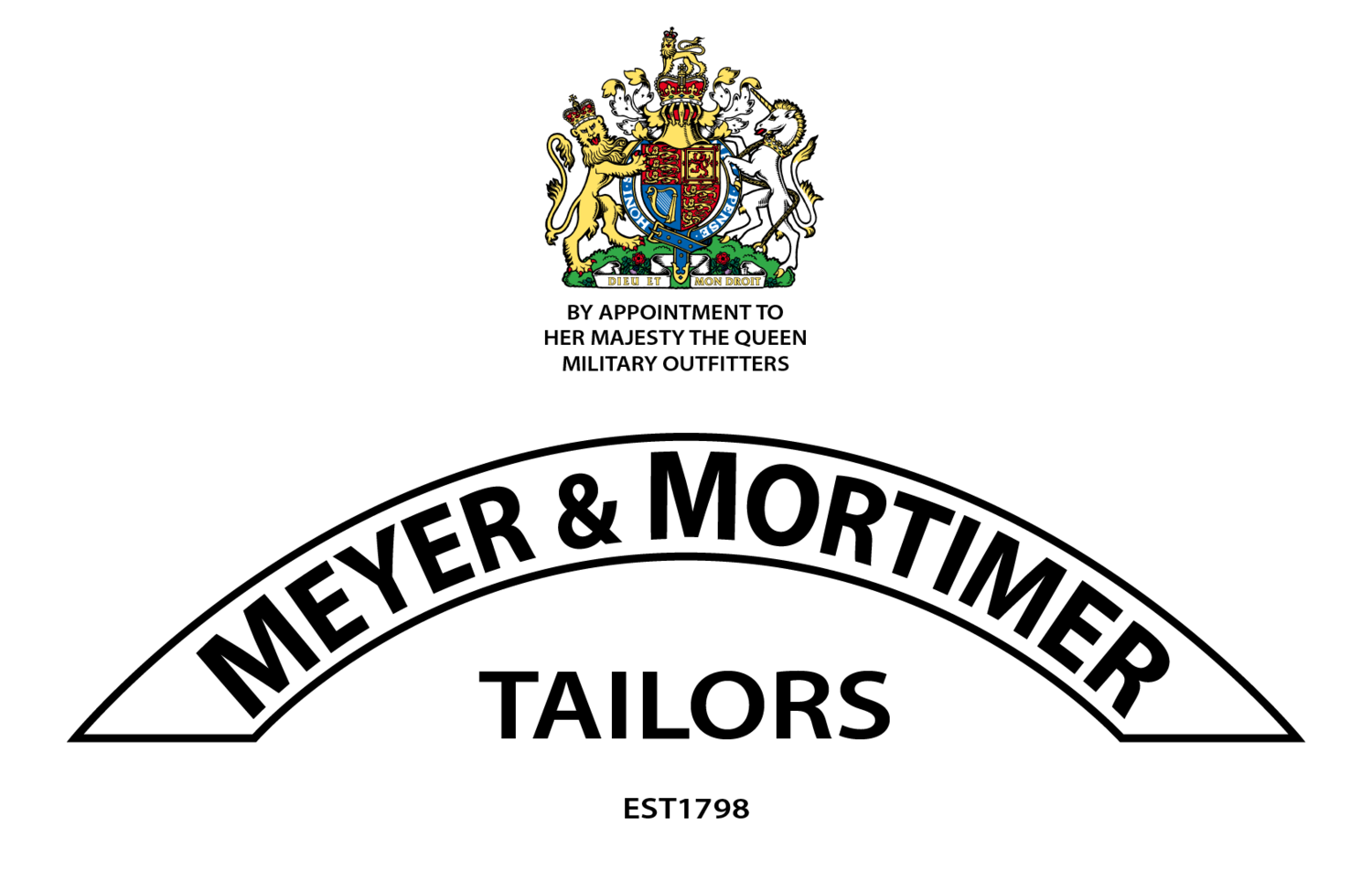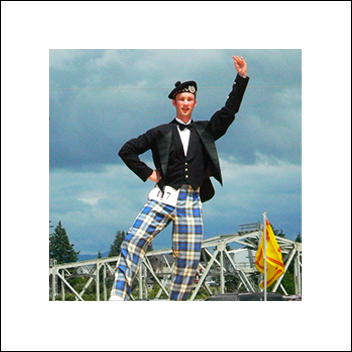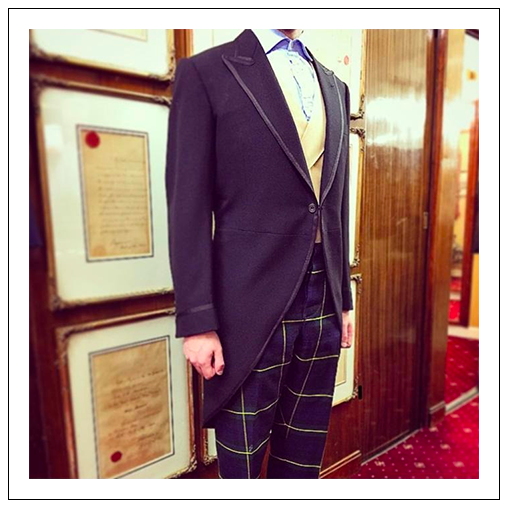We are known for making bespoke suits in the highest traditions of Savile Row; we do however, also make uniforms and other not-so-well-known garments. Our readers from north of the border will, of course, be familiar with trews but those with little connection to Scotland might not immediately know what they are.
Bespoke trews for a Meyer & Mortimer customer
What are Trews?
Trews, put simply, are like trousers but not. They share a commonality in that both are garments for the lower abdomen and legs, but their histories are quite distinct. Men’s trousers, as we have written on before in The History of the Suit, have their origins in the development of the three-piece suit in the 17th Century. Trews, on the other hand, extend further back to 1538. With kilts being somewhat impractical for the harsh Highland winters, necessity and invention fused to create something new, something warmer.
Beautiful but not kind: Highland winters
Traditional trews were tight around the lowers legs and loose around the upper leg and abdomen. Unlike modern trews, which are cut straight (warp and weft) on the cloth, traditional trews were cut on the diagonal bias. This allowed the fabric to stretch and mould around the body. Tartan, as a result, would appear diamond shaped on the wearer. An example of this is found in David Morier’s Battle of Culloden.
Soldier on the left holding the pole weapon & shield
Military Trews
Director Paul Munday confirms trews are cut in such way that the soldier’s hems start on the same band (line). It means, says Paul, “When they stand to attention on parade, the tartan pattern lines up across the soldiers’ trews.” This wonderful attention to tailoring detail not only looked aesthetically pleasing, but it also ensured – whatever the soldier’s height – the tartan remained in line.
Paul shows where the hem starts on military trews
Trews still have their place in the military with the Royal Regiment of Scotland confirming their use in the latest edition of the Dress Regulations (2nd Edition 2018). Trews are worn in their No.2.C dress for Battalion duties during cold weather; their No.4 dress for tropical climates; No.10B mess dress for informal mess functions such as boxing matches; No.13B routine barrack dress; No.14C ceremonial dress (shirt sleeve order), and No.15 Dress Blue Patrol.
Trews Today
For civilians, trews are (still) worn as an alternative to the kilt. They are usually accompanied by a waistcoat, a plain white shirt, a black bow tie and a Highland jacket or doublet. At Meyer & Mortimer, we have made many of these for our Scottish customers, or those people with a connection to Scotland. The choice of tartan is largely determined by surnames and/or ancestry. For those unfortunate not to have any link to Caledonia there is the Black Watch tartan (aka The Government Tartan) seen below, which technically, non-Scots can wear. For more information on this please visit The Scottish Tartans Authority.
A M&M made Black Watch evening jacket
We hope you have enjoyed this concise introduction to trews. If you would like to know more, or if you would like to have a pair made unique to you, then please contact Paul Munday at the showroom.
M&M






